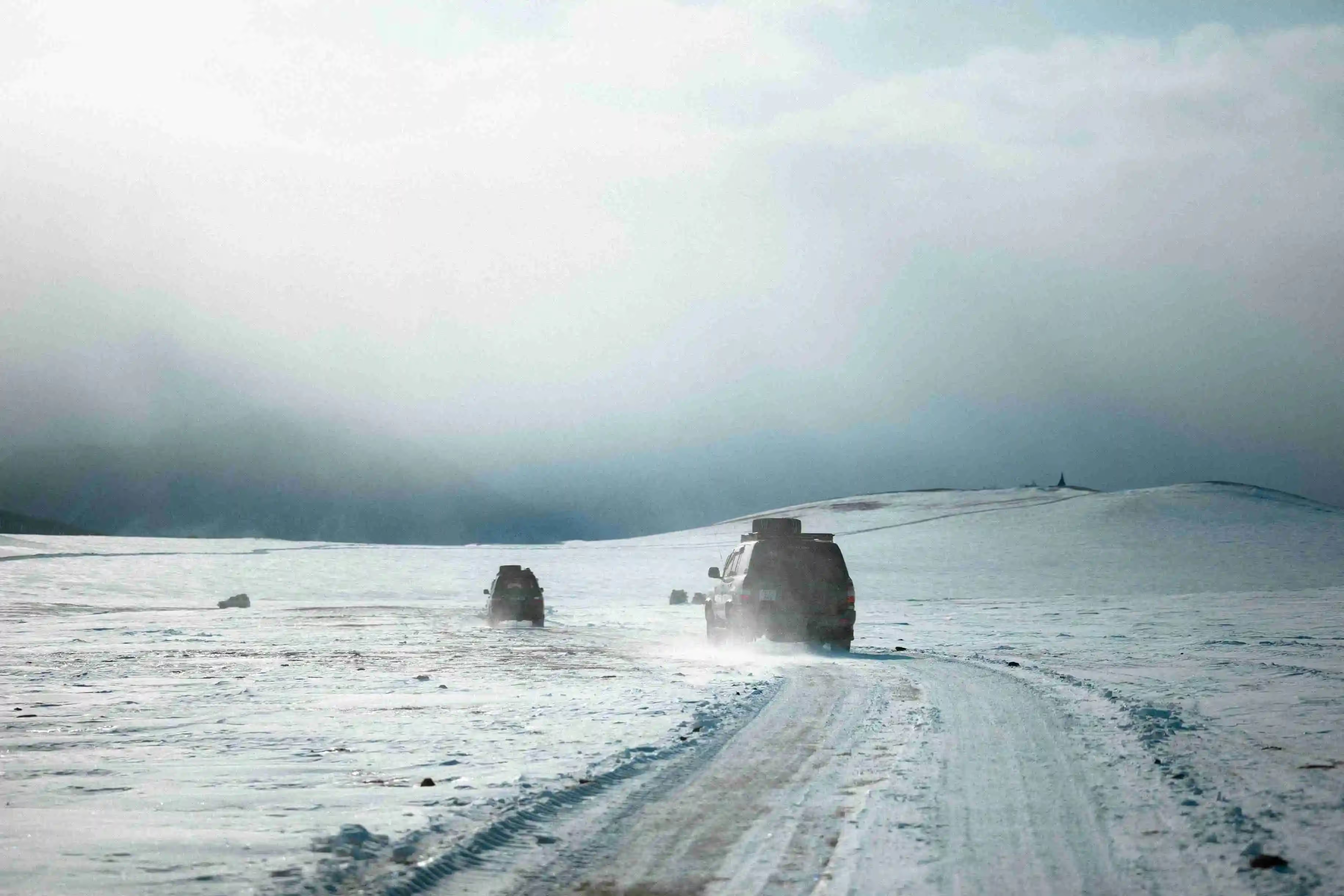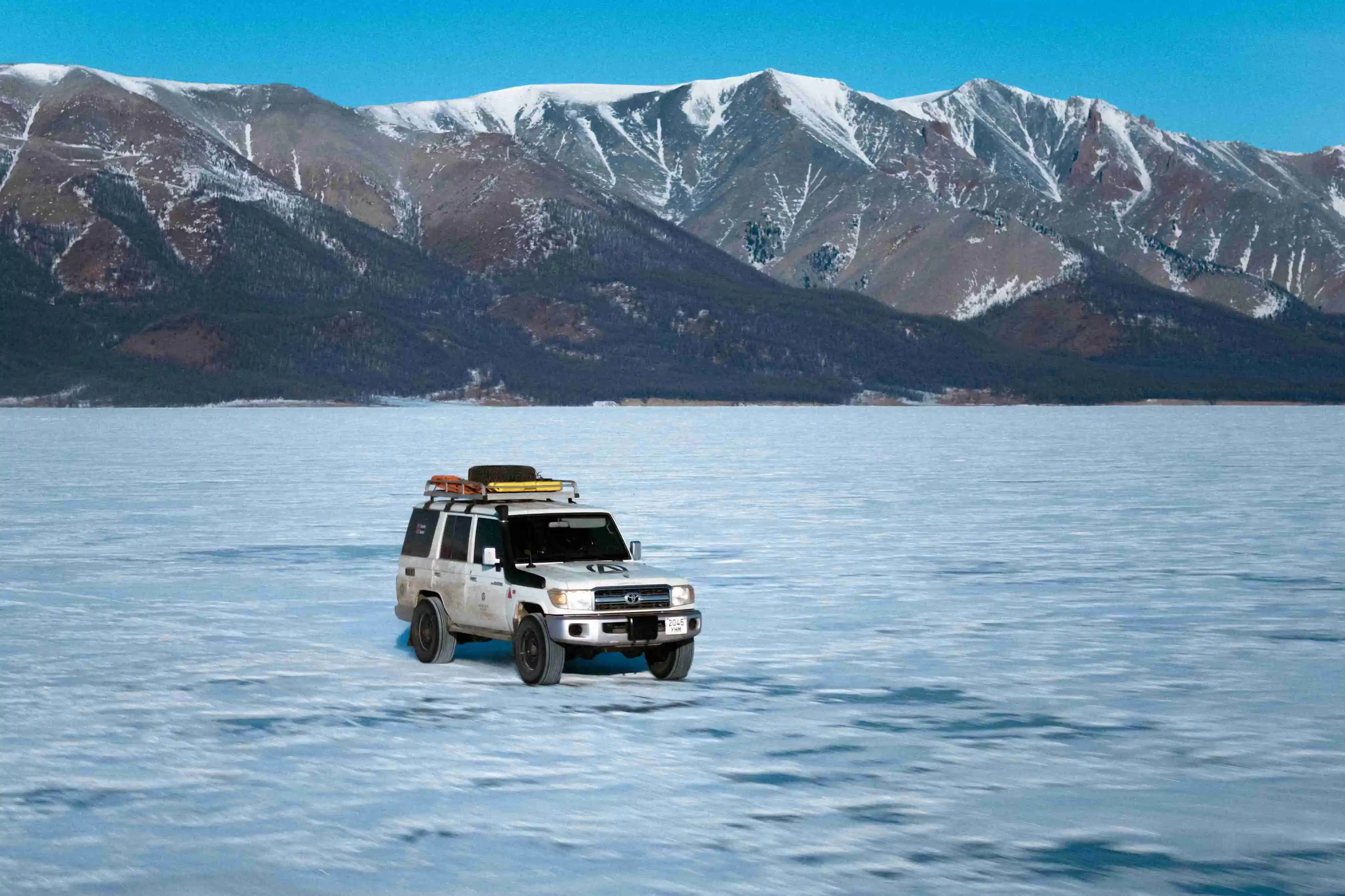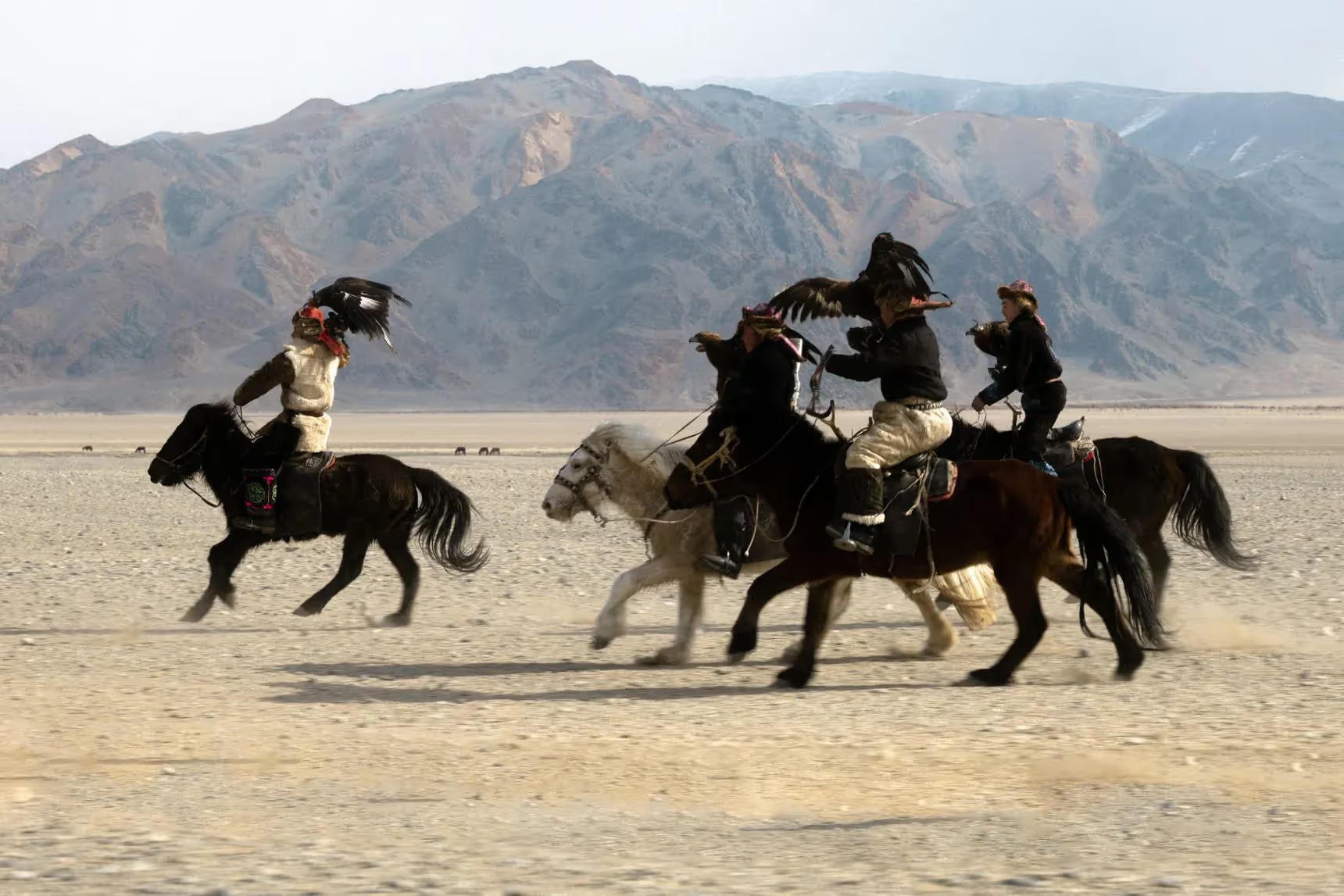
This Isn’t Antarctica or the Arctic; It’s Mongolia in Winter: A Photo Essay
Countries like Russia, Canada, Norway, and Mongolia share a common trait. They're all situated in northern latitudes, where winters are notoriously harsh. But unlike the rest, Mongolia often makes headlines for its extreme cold.
This isn’t for no reason.
Mongolia is landlocked and lacks maritime influence. Much of the country is situated at high altitudes. Vast expanses characterise Mongolia, from Asia's second-largest desert to rugged mountains and boundless grasslands. Limited infrastructure means large populations rely heavily on livestock for survival — even in the winters.
Heavy snowfall and extreme cold are commonplace in Mongolia, with temperatures dropping as low as -40°C. Strong frosty winds blow here, challenging even the locals, let alone outsiders.
Still, in March 2024, a brave group of explorers embarked on an 11-day expedition through frozen landscapes. Spanning 2,600 kilometers, the expedition delved into the northern part of the country—a realm transformed by the Mongolia winter. What follows are not scenes from Antarctica or the Arctic.

When everything freezes over, the boundaries blur between land, water, and grasslands. Here, you observe the Ider River near Tosontsengel town. In summer, lush green grass surrounds it, while the river flows in deep blue. However, in winter, this landscape turns into a vast expanse of ice. To access our lodge across the river, the convoy drove on these frozen landscapes.

In western Mongolia lies Khyargas Lake, famed for its harsh climate. It hosted our coldest night during the expedition. Seeking warmth, we stayed in remote log cabins — the only ones open in such conditions. In this moment, luxury meant staying cozy amidst the biting cold, with the lake's emerald waters contrasting the snow-covered landscape.

This year, the Mongolia's winter was particularly unforgiving. Coupled with navigating remote landscapes where nature dictates the rules, the terrain stretches endlessly with little in sight. Plans may shift, and destinations can become out of reach.

Such was our journey to Tsenkher natural hot springs, a destination eagerly anticipated during our Mongolia travel. Heavy snowfall rendered the terrain impassable, despite our efforts to find alternate routes. The outcome elicited a blend of disappointment and frustration, yet an acceptance of the uncontrollable.

A similar challenge arose when attempting to reach Khuvsgul Lake, the largest freshwater lake by volume in Mongolia. The central route required navigating mountain passes and snow-covered dirt roads, extending the journey to over 14 hours each way. But undeterred, we pushed through, a testament to our unwavering resolve. And the payoff? Absolutely worth every challenge.

The surface of Khuvsgul Lake was a mosaic of ice, reminiscent of scenes from fictional films like Ice Age or Frozen. It was surreal, like stepping into another world. As we drove across, the tires made a crisp sound as they broke through the ice.

Ensuring safety is paramount on winter overlanding expeditions, especially when navigating frozen lakes. Nomadic Road’s advance team led the way, meticulously scouting a safe passage across Khuvsgul Lake before proceeding.

In the depths of a Mongolian winter, days blur into a canvas of white and blue. On day nine of our winter overlanding expedition, this monochrome world began to transform. Heading west toward Ulgii town, the snow receded, revealing a rugged brown desert landscape. It was a welcome change, finally driving on dusty dirt roads after days of snow.

The journey to Ulgii is a study in contrasts. Frozen salt lakes fringe the expansive deserts of western Mongolia, while rivers meander alongside in other sections. The route is also punctuated by heavy mining truck traffic and narrow stretches, introducing an extra layer of challenge.

In the vast expanse of Western Mongolia, explorers often go days without encountering another soul. However, as the expedition nears its end, a remarkable sight awaits: the ancient tradition of eagle hunting.
For centuries, the Kazakh eagle hunters have utilised golden eagles for winter prey hunting, maintaining their way of life amidst modernisation. In Sagsai village, this tradition thrives to this day. It offers glimpses into a bygone era and a comforting connection to humanity in the wilderness.
Braving the Mongolia Winter: Is it Worth It
There’s merit to the question.
Overlanding is already an adventure, but when you throw sub-zero temperatures, vast expanses of emptiness, and unpredictable weather into the mix, it becomes a true test of resilience.
Yet, amidst the challenges lie the allure of the coldest capital, frozen landscapes, and the enduring spirit of ancient nomads. The country's ever-changing scenery promises unforgettable adventures for those embarking on Mongolia travel.
RELATED STORIES
%20(1).jpg)
A Rain-Soaked Desert? It’s All Possible on the Kalahari Expedition

We Went Looking for Adventure, but Mongolia Gave Us Much More


